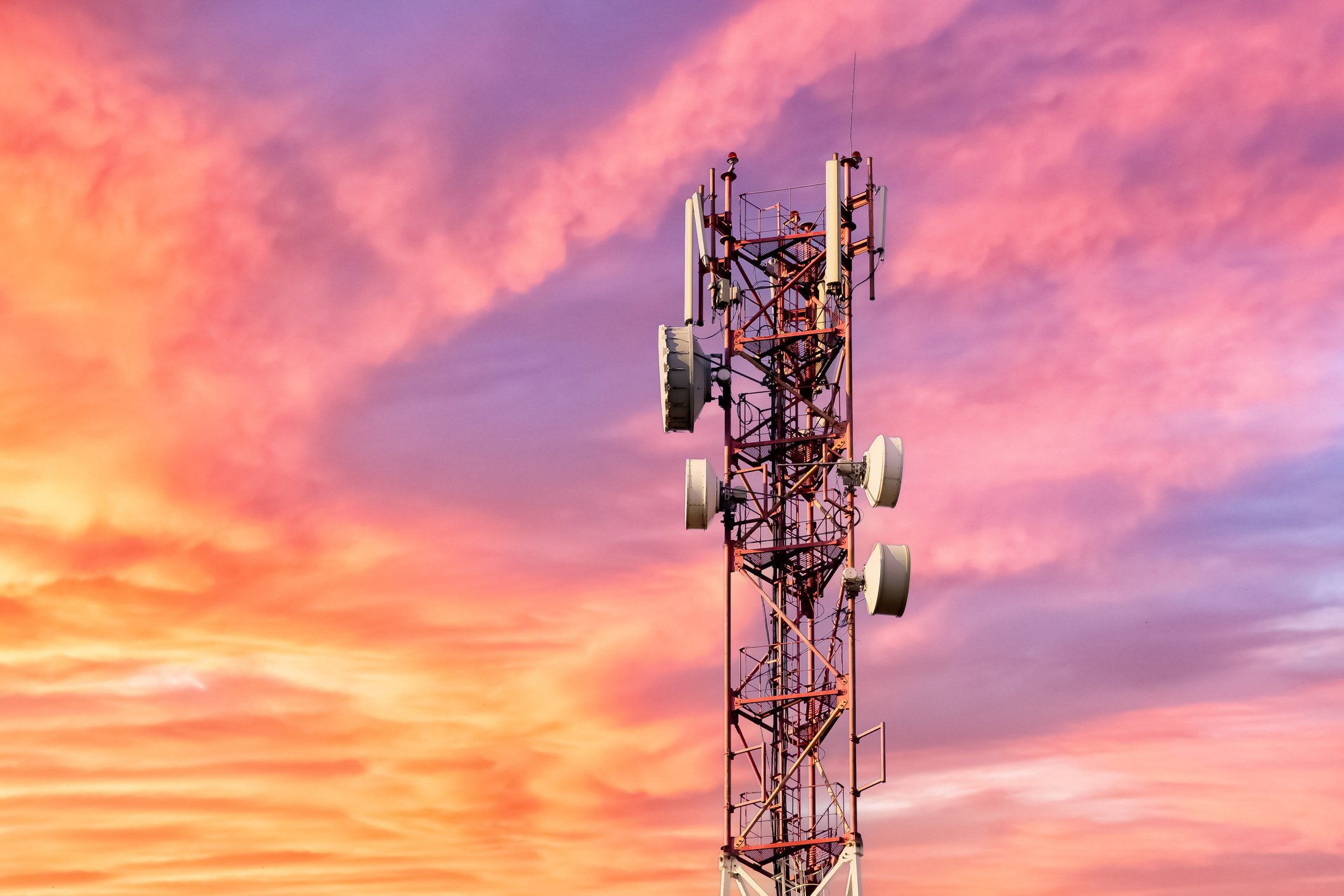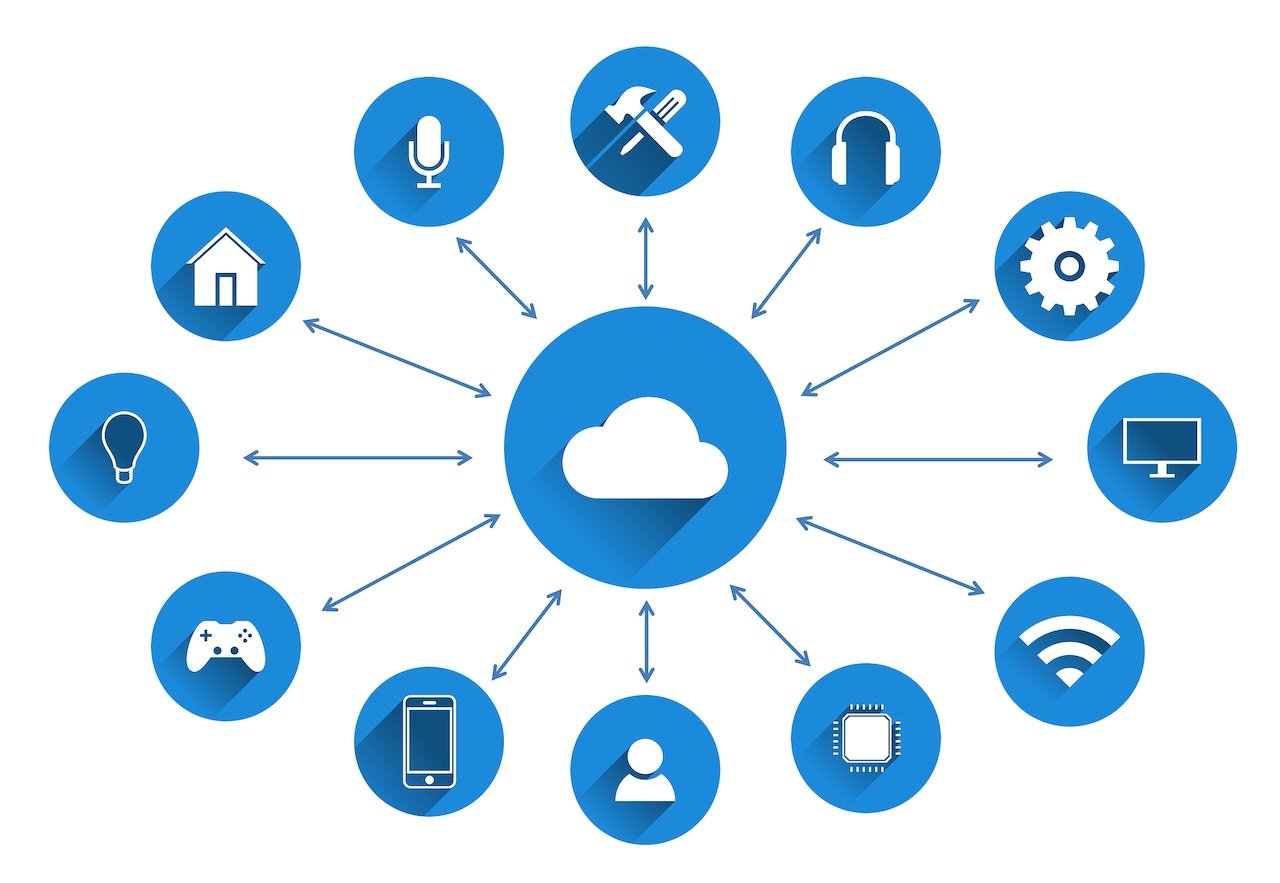
- April 2025 (1)
- March 2025 (2)
- February 2025 (1)
- December 2024 (2)
- November 2024 (2)
- August 2024 (2)
- June 2024 (3)
- May 2024 (3)
- April 2024 (1)
- March 2024 (3)
- February 2024 (2)
- January 2024 (2)
- December 2023 (1)
- November 2023 (2)
- October 2023 (2)
- September 2023 (1)
- August 2023 (1)
- July 2023 (2)
- June 2023 (3)
- May 2023 (2)
- April 2023 (1)
- March 2023 (4)
- February 2023 (1)
- January 2023 (2)
- November 2022 (2)
- October 2022 (1)
- September 2022 (1)
- August 2022 (2)
- July 2022 (2)
- June 2022 (2)
- May 2022 (1)
- April 2022 (3)
- March 2022 (1)
- February 2022 (3)
- January 2022 (2)
- December 2021 (1)
- November 2021 (1)
- October 2021 (2)
- September 2021 (3)
- August 2021 (1)
- July 2021 (4)
- June 2021 (1)
- May 2021 (2)
- April 2021 (2)
- March 2021 (2)
- February 2021 (3)
- January 2021 (3)
- December 2020 (1)
- October 2020 (1)
- August 2020 (1)
- August 2019 (1)
- January 2019 (2)
- September 2018 (5)
- June 2018 (1)
- November 2017 (1)
- September 2017 (1)
- July 2017 (1)
- May 2017 (1)
- January 2017 (1)
- October 2016 (2)
- August 2016 (1)
- July 2016 (1)
- June 2016 (1)
Subscribe by email
While 4G and 5G cellular technologies offer fast data speeds and low latency, they aren’t always the optimal choice for every IoT application. Some solutions need to prioritize low device power consumption and long-range connectivity over ultra-high bandwidth and low latency. For these applications, low-power wide area networks (LPWANs) are a more suitable connectivity solution.
LPWANs like NB-IoT and LTE-M are specialized network technologies that are generally less power intensive and can provide connectivity over long distances, so they’re ideal for IoT applications with small, less frequent data transfers. Massive IoT, or large device deployments connected to a single network, are designed to draw less power to perform their functions and transmit data in small volumes. LPWANs meet massive IoT needs by preserving battery life and supporting a high volume of devices. However, NB-IoT and LTE-M each have distinct strengths that suit them for different use cases.
In this guide, we explore these two LPWAN technologies and provide insights to help you determine the best fit for your project’s specific technical and business requirements.
Discover how Zipit Wireless can equip your business with data plans and SIM cards designed to leverage the strengths of NB-IoT and LTE-M for optimal device performance and efficiency.
What is NB-IoT?
NB-IoT, or the Narrowband Internet of Things, is a connectivity technology designed for IoT devices that transmit small data packets over long distances. Since it does not require heavy and continuous data transfer, it can operate on narrow bandwidths within existing cellular networks. This efficient use of spectrum enables long-range connectivity with low power consumption, as well as support for a high density of devices.
Additionally, NB-IoT boasts good building penetration, making it an ideal solution for applications in challenging environments. For example, a company developing IoT devices for hospitals might consider NB-IoT to ensure connectivity in departments with thick walls, like Radiology. NB-IoT devices can also be deployed in remote areas that would be time-consuming to physically visit, like thousands of soil sensors in farmland or water meters across an entire county. Most often, these are relatively simple sensor applications such as utility meters, environmental monitoring, and asset tracking.
This narrowband technology addresses the growing demand for IoT connectivity by prioritizing efficiency and scalability. By utilizing efficient spectrum, NB-IoT can support many devices within a wide area, offering a cost-effective solution for simplified deployments.
Learn more: NB-IoT Explained: Is It Right for Your IoT Solution?
What is LTE-M?
LTE-M, short for LTE Cat-M1, is an LPWAN that enables low to medium data transfer for IoT devices with download speeds of up to 1 Mbps. With higher bandwidth, LTE-M enables video and photo data exchange. Created to support low-power IoT devices that infrequently transmit data, LTE-M uses existing LTE (Long Term Evolution) infrastructure which enables quicker deployments. This also allows handoffs between cell towers to support roaming for mobile applications.
Compared to NB-IoT, LTE-M offers higher data transmission speeds and mobility, but it also consumes more battery power. Likewise, LTE-M applications require larger packets of data to be transmitted at a slightly higher speed, which inevitably results in higher power consumption. Examples of these applications include wearable devices, security alarms, and tracking devices.
Even though LTE-M consumes more battery power and supports devices with slightly higher performance requirements, it is still a LPWAN. Relative to 4G and 5G cellular technologies, NB-IoT and LTE-M both minimize power consumption and operate over a wider range.
Learn more: LTE Cat-M1 Explained: Pros and Cons of LTE-M for IoT Devices
Key considerations when choosing a cellular IoT technology
The best cellular IoT technology for your deployment depends on its unique setting and requirements. With your device’s performance at stake, it’s important to approach this decision with careful consideration. Here are five factors to consider when choosing connectivity for your IoT deployment:
1. Data transmission frequency and size
A connectivity solution’s bandwidth capabilities directly impacts how well your device is able to carry out its functions. Therefore, it’s crucial to consider the frequency and size of data packets your device will be transmitting. LTE-M is capable of handling larger and more frequent data transmissions than NB-IoT. For instance, soil sensors, which typically transmit infrequent data packets, are well-suited for NB-IoT. Conversely, trackers send data more frequently and are better supported by LTE-M. LPWAN technologies cannot support high bandwidth requirements, so applications with real-time, high-volume data requirements require low latency, high-speed connectivity options like 4G or 5G cellular.
2. Power consumption
For IoT devices deployed in remote areas or expected to operate on the same battery for up to ten years, low power consumption is a necessity. Both NB-IoT and LTE-M offer features like Power Saving Mode and extended discontinuous reception to optimize power usage, ensuring prolonged battery life for IoT devices. However, NB-IoT does offer slightly more effective battery conservation than LTE-M due to less frequent data transfers. A connectivity option’s power consumption affects the longevity of your devices, and inefficient use of power can result in disrupted functionality.
3. Deployment location
Many IoT applications involve deployment in obscure locations such as basements or moving machinery. Both LPWAN technologies are designed to provide reliable connectivity in these challenging environments, but NB-IoT is especially effective at penetrating buildings to provide coverage in hard-to-reach locations. Before choosing an IoT connectivity solution, understand the specific challenges of your deployment location to determine which technology best meets those needs.
4. Infrastructure and hardware requirements
When planning your deployment, consider the timeline and budget to determine which connectivity option is most feasible to employ. NB-IoT and LTE-M both operate within existing mobile infrastructure, but NB-IoT may require additional hardware components on cell towers. Installing this hardware can slow down deployments, so LTE-M offers more efficient deployments in areas where it is supported. Understanding the infrastructure and hardware a connectivity solution requires for a successful deployment is important as you plan for the rollout of your devices.
5. Scalability and future-proofing
In the case of long-term IoT deployments, it’s vital to consider how scalable your project will be with your chosen connectivity solution. Both NB-IoT and LTE-M operate on frequencies capable of connecting massive amounts of devices on one cell, so you can scale your project without affecting the connection quality of other devices. Founded on the 4G network and compatible with 5G NR (New Radio), they are also considered future-proof technologies. When choosing an IoT connectivity solution, consider the future of your deployment and whether the technology can sustain the growth of your project.
LTE-M vs. NB-IoT
LTE-M and NB-IoT complement each other by offering distinct advantages tailored to specific IoT applications. While LTE-M boasts higher bandwidth, lower latency, and greater mobility, these features do not make it inherently superior to NB-IoT. Rather, they cater to different operational needs within the IoT landscape. When deciding which technology to use, it’s important to evaluate each based on speed, data transfer, cost, battery efficiency, coverage, mobility, and global deployment. In this section, we’ll delve into the distinctions between LTE-M and NB-IoT across these areas.
Speed
One of the most crucial differences between NB-IoT and LTE-M is the speed of data transmission, including data rate and latency. NB-IoT is designed primarily for massive IoT deployments with low transmission speed requirements, typically offering peak downlink rates around 26 Kbps and peak uplink rates of either 20 or 66 Kbps, depending on performance requirements. In contrast, LTE-M supports significantly higher peak data rates, up to 1 Mbps, enabling faster transmission of larger data volumes. LTE-M also provides lower latency, from 10 to 20 milliseconds, making it more suitable for real-time or mission-critical applications compared to NB-IoT, which experiences latency from 1.6 to 10 seconds. However, it’s important to consider that these peak data rates and latency ranges can vary based on network conditions: LTE-M excels in optimal environments, while NB-IoT often provides more reliable coverage in challenging conditions.
Data transfer
IoT connectivity technologies should also be evaluated based on their data transfer capabilities. LTE-M operates on a wider bandwidth of 1.4 MHz, allowing it to support a higher volume of data transmission, whereas NB-IoT operates on a narrow bandwidth of 200 kHz that is not suitable for high-volume data transfer. While not all applications require such bandwidth, this limitation is a disadvantage for applications needing to transmit large amounts of data. Therefore, LTE-M is the better option for IoT devices with high-volume data needs, such as video transmission.
Cost
Understanding the additional expenses associated with NB-IoT and LTE-M can help you effectively budget for your deployment once you’ve selected an IoT connectivity solution. Setup costs are one crucial factor to consider: NB-IoT requires more expensive hardware modules than those used to upgrade LTE towers for LTE-M support.
Another cost factor is data expenses. Since LTE-M supports higher data transfer rates, applications using this technology tend to consume more data, increasing cost. On the other hand, projects using NB-IoT benefit from lower ongoing costs. With Zipit’s support, you can monetize connectivity to generate a recurring revenue stream. Our customized, user-friendly subscription billing platform enables users to manage payments, switch plans, and monitor data usage seamlessly. Whether you choose NB-IoT or LTE-M for your deployment, our IoT billing platform ensures sustainable revenue growth as your project scales.
Learn more: How to Cost-Effectively Manage IoT Data Plans
Battery
Both NB-IoT and LTE-M feature advanced power-saving capabilities for solutions that need to prioritize battery life. They use extended discontinuous reception (eDRX) and Power Saving Mode (PSM) functionalities, allowing devices to sleep for extended periods and wake up only when necessary to transmit or receive data. PSM is particularly beneficial for devices that transmit data infrequently, such as monitoring devices, since it initiates sleep mode when the device is not actively transmitting data. eDRX sets up intervals of sleep and wake periods, making it useful for devices that need to constantly receive data but do not frequently send data.
NB-IoT excels in ultra-low power applications, offering up to ten years of battery life when transmitting small data packets daily. LTE-M, while slightly less power-efficient than NB-IoT, still ensures energy conservation and supports PSM and eDRX modes to optimize battery life. Choosing between NB-IoT and LTE-M for battery efficiency depends on the specific operational needs and deployment scenarios of your IoT solution.
Coverage
Coverage is pivotal when selecting an IoT connectivity solution. Without reliable coverage in your deployment areas, your device may not be able to perform its intended function. NB-IoT offers reliable indoor coverage and extends up to approximately 1 km in urban areas and 10 km (over 6 miles) in rural areas, leveraging narrowband spectrum for deeper signal penetration in buildings, underground environments, and remote locations. NB-IoT networks also enhance data reliability through signal repetition. In contrast, LTE-M operates on low-frequency spectrum bands, providing expansive coverage in regions where LTE-M networks are established. While LTE-M has good coverage in the USA, its global deployment remains limited, requiring careful consideration of geographical and environmental factors when choosing between these LPWAN technologies for your IoT deployment.
Mobility
Mobility describes the ability of IoT devices to maintain connectivity while in motion, which varies between NB-IoT and LTE-M. A device experiences many handoffs over just a few miles of travel, so seamless handoffs are crucial to the functionality of mobile IoT devices. NB-IoT does not support these handoffs, leading to connectivity drops and higher power consumption between cell towers. Conversely, LTE-M facilitates seamless transitions between cell towers for uninterrupted connectivity and energy efficiency during movement. Therefore, LTE-M is ideal for mobile IoT applications like asset tracking that require continuous connectivity on the move.
Global deployment
If your business is deploying on a global scale, you should consider the global coverage of each connectivity option. LTE-M offers straightforward integration into existing networks, enabling easy activation with IoT SIMs and minimal infrastructure requirements, but global adoption of LTE-M varies. For robust global coverage, you can use SIM cards from Zipit equipped with fallback capabilities to ensure connectivity in areas where LTE-M support may be limited or unavailable. In contrast, NB-IoT networks are only available in select regions of North America and parts of Europe and Asia at this time.
LTE-M and NB-IoT present distinct challenges to global deployment, but with the right SIM card, you can achieve seamless global connectivity with either technology. Zipit Wireless’ IoT connectivity solution offers global and multi-carrier SIM cards for companies deploying IoT devices across multiple geographical regions. With our strategic relationships with leading carriers worldwide, you save the time and money involved in negotiating multiple contracts.
Learn more: What is Network Redundancy and Why Is It Critical for IoT?
Which cellular IoT technology is best for your application?
The best cellular IoT technology for your application depends on its specific connectivity requirements. There is no superior connectivity solution across all use cases. NB-IoT is the most suitable technology for low data rate applications that require indoor coverage. LTE-M, on the other hand, is the best choice for high data rate applications that require mobility or real-time data transfer.
LTE Cat 1 bis, an IoT-optimized version of LTE Cat 1, offers higher data speeds and broader global coverage than both LTE-M and NB-IoT. Though it comes with a higher price tag, this cellular network technology can be useful for mission-critical applications with higher data demands.
IoT devices are typically equipped to support both LTE-M and NB-IoT in order to accommodate the technology that best suits the application. Determine which one meets but does not exceed your IoT project’s needs to discover the most effective and efficient option for your use case. Below, we explore a few use case examples for NB-IoT and LTE-M.
NB-IoT use cases
NB-IoT is suited for sensor applications, including environmental monitoring and smart city applications such as parking and waste management. Here are two applications from Zipit customers who leverage NB-IoT for their IoT solutions:
- HeatSiecker has used Zipit’s connectivity service for its IoT-enabled livestock activity monitoring devices. Farmers periodically receive small data packets from these devices that provide the insights they need to improve livestock breeding.
- SignalFire’s devices are designed to support both LTE-M and NB-IoT, but can take advantage of NB-IoT’s more aggressive low power capabilities.
LTE-M use cases
LTE-M is a good option for real-time or mobile applications such as tracking, health monitoring, and smart home devices. The following businesses are Zipit customers who employ LTE-M for their IoT applications:
- Samsung’s SmartThings Tracker was the company’s first LTE-M connected tracking device meant for tracking everything from keys to pets. LTE-M enables devices like the SmartThings Tracker to be found even when far away from a tower, and to keep connectivity no matter how many cell tower handoffs are required.
- Zipit provides near real-time connectivity for PursuitAlert’s public safety notification and fleet monitoring system. With LTE-M connectivity, the PursuitAlert solution is able to send safety alerts to civilians if they are in close proximity to high-speed police pursuits.
Leverage narrowband technology for your IoT project with Zipit
Choosing between NB-IoT and LTE-M for your IoT deployment is a critical decision that hinges on your specific project requirements. With Zipit Wireless, you not only gain access to pre-negotiated data plans from top cellular technologies, but you also benefit from our extensive expertise in IoT connectivity solutions.
By partnering with Zipit, you can consult industry experts that will help you create a connectivity plan tailored to the needs of your IoT project. For global deployments, we offer failover and multi-carrier plans to guarantee uninterrupted service across many regions. Streamline connectivity management and scale your IoT deployments with our multi-carrier connectivity management platform, where you’ll receive actionable insights for adaptable strategies.
We also offer a user-friendly IoT billing platform that enables you to monetize connectivity for an additional revenue stream and decrease your workload with customer billing tied to SIM management. With access to this platform, you can offer flexible data plan options, customize a branded user interface, and receive connectivity and subscription insights to proactively identify connectivity problems and inefficiencies in data usage.
With Zipit Wireless, you can leverage narrowband technology for seamless connectivity and optimized device performance. Contact us to discover if NB-IoT or LTE-M is right for your IoT project and to learn how Zipit can champion the success of your deployment.
You may also like:
Related Content
The latest IoT insights and platform updates from Zipit.
IoT devices need flexible network technologies optimized for low-power application...
The network an IoT device selects significantly impacts the strength and reliabili...
Deploying an IoT solution brings significant value to businesses, but it also intr...



